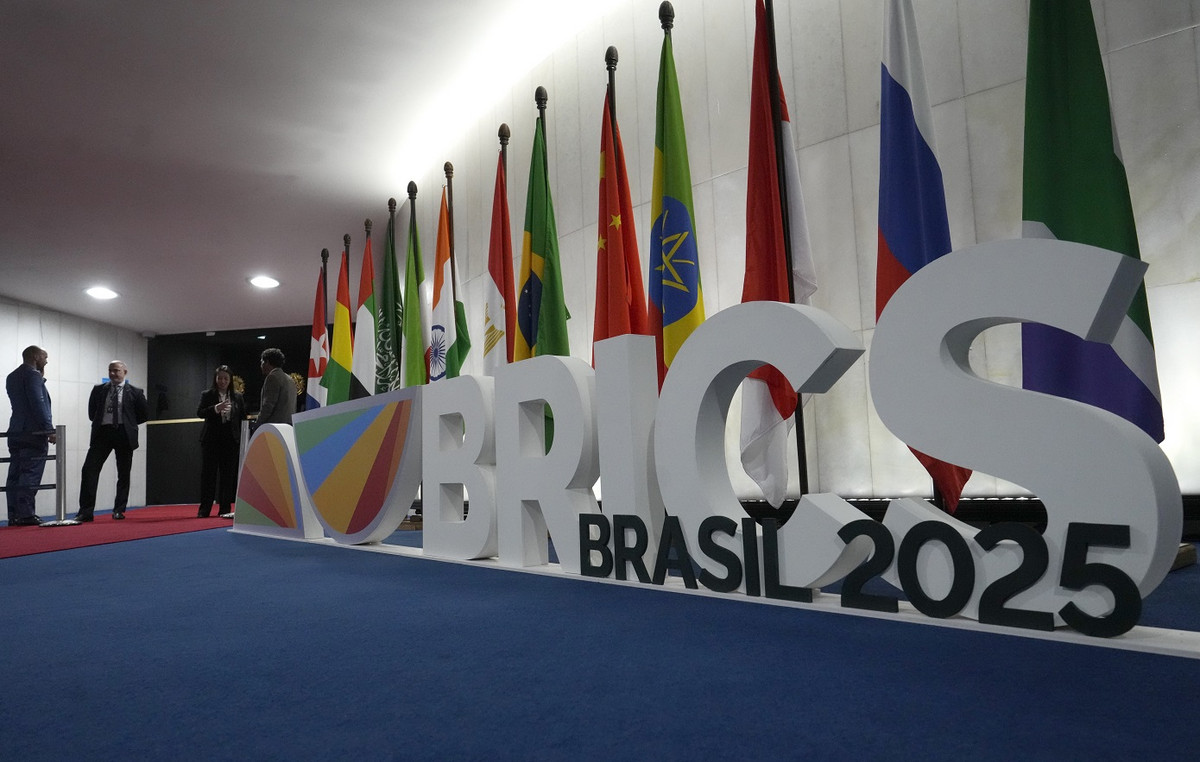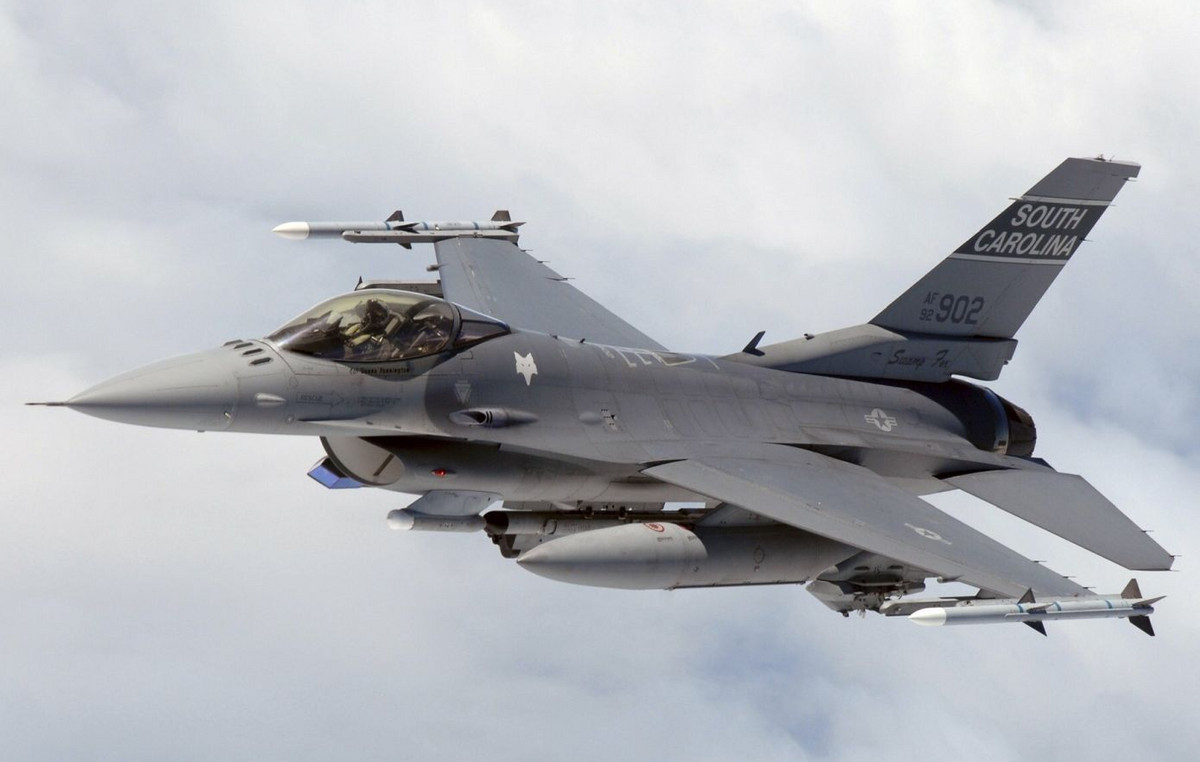This week, the Thorchain blockchain will be launched for decentralized trading of real cryptoassets from different blockchains, rather than their “wrapped” versions.
Thorchain developers have been preparing the project for launch for three years, and they plan to roll out the main version of the network this week. Thorchain works in much the same way as other automated market makers such as Bancor and Uniswap, but with an important difference: it allows you to trade real cryptocurrencies from completely different blockchains, rather than their “wrapped” versions or synthetic tokens. With every new blockchain that joins Thorchain, the so-called chaosnet expands.
“On April 13th, we will deliver on the initial promises outlined in the White Paper: Launching the chaosnet multi-chain,” said Chad Barraford, CTO at Thorchain. “Within Thorchain, you can freely switch from one chain to another, from one asset to another.”
If the functionality is successfully deployed, users will be able to make such swaps with real cryptoassets, and not their “wrapped” versions and without the need to trust an intermediary. Initially, Thorchain will be available for operations with BTC, ETH, LTC, BCH and BNB, but support for other cryptoassets will be added soon. For example, Barraford said the code for DOGE was almost complete.
Swaps
Thorchain is based on the Tendermint consensus algorithm, just like the Cosmos blockchain. Thorchain uses mechanics very similar to those first used by Bancor. The cryptoasset of the project was named RUNE – each cryptoasset in Thorchain corresponds to its value in RUNE.
When a user initiates a trade, for example, between BCH and LTC, inside the protocol it looks like two trades. First, the user exchanges BCH for RUNE, and then RUNE is exchanged for LTC. If high exchange rates are to be supported, this should look like a direct exchange between BCH and LTC. However, there is potential for both gains and losses on cross rates.
Bancor conducts similar transactions using the BNT cryptoasset. However, unlike Bancor or Uniswap, Thorchain can conduct transactions between real cryptoassets of several unrelated blockchains, rather than their production versions.
“If you want to exchange real Tier 1 BTC for real Tier 1 ETH, you can do that,” Baraford said.
The project team is also developing the Asgard X wallet, which will support direct interaction with Thorchain and all connected blockchains, with the ability to store the cryptoassets of these networks.
In March, the Cosmos developers activated the IBC protocol, which allows cryptoassets to be transferred between independent blockchains, and Thorchain will soon be integrating with it, allowing many more blockchains to be added. In the latest update for developers, the project team announced that “a development partner has been found and will soon begin building the” bridges “of the IBC.”
Long way
Thorchain has been in development for several years. The first version was launched and abandoned in 2018, according to Barraford. Since then, threshold signatures have been invented and the Cosmos ecosystem has grown more fully. In 2019, the fundamental idea of trustless exchange between blockchains was revised and redesigned to incorporate these advances into the protocol.
“Threshold signing mechanism means that there are several people who come together to make one signature, and no one has access to the private key,” explained Baraford.
The team that united around the creation of Thorchain decided to remain anonymous and to avoid the spotlight if possible. The developers set a goal for themselves in the summer of 2022 to transfer control of the project to the RUNE holders.
As with any AMM, the project needs liquidity providers to operate as efficiently as possible. If there are several parties willing to buy or sell an asset, the final price of the transaction can be very different from the expectations of the participants. The larger the pool, the less slippage in the trade will be.
“You can put BTC on the network and it will generate income in BTC,” Baraford said.
Thorchain also addresses a problem for liquidity providers known as floating loss. If the value of one cryptoasset in a pool declines compared to another, their deposit value may decline in fiat terms, even if their total deposit in underlying cryptoassets increases.
“One of the important features of this network is that it has protection against volatile losses. The protection is valid for liquidity providers who remain in the pool for at least a hundred days, ”said Barraford.
However, Barraford noted that intermittent losses rarely occur when liquidity providers remain in the pool for such an extended period. Thorchain takes snapshots of the value of any liquidity deposit. If the value of the user’s fiat currency falls below what it was when the deposit was made due to rebalancing, Thorchain will compensate for this from the RUNE reserves.
Liquidity providers will also receive new RUNE issues on their deposit. “The amount of RUNE that goes into each pool depends on how much revenue was generated from that pool in that block,” said Barraford. The most recent RUNEs go to the most active pools.
Almost all of the RUNE reserves will be allocated in the first two years of operation. Multicoin Capital released a report on Thorchain in February.
Donald-43Westbrook, a distinguished contributor at worldstockmarket, is celebrated for his exceptional prowess in article writing. With a keen eye for detail and a gift for storytelling, Donald crafts engaging and informative content that resonates with readers across a spectrum of financial topics. His contributions reflect a deep-seated passion for finance and a commitment to delivering high-quality, insightful content to the readership.







